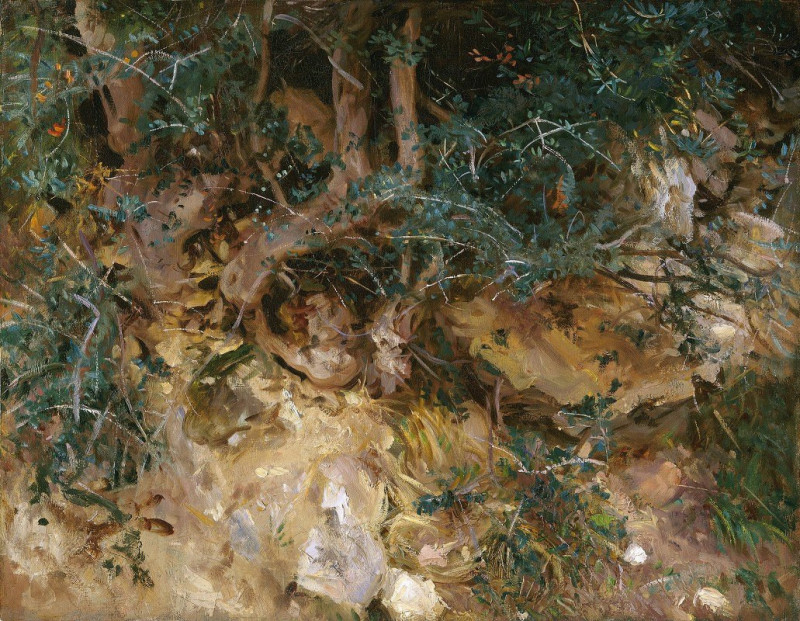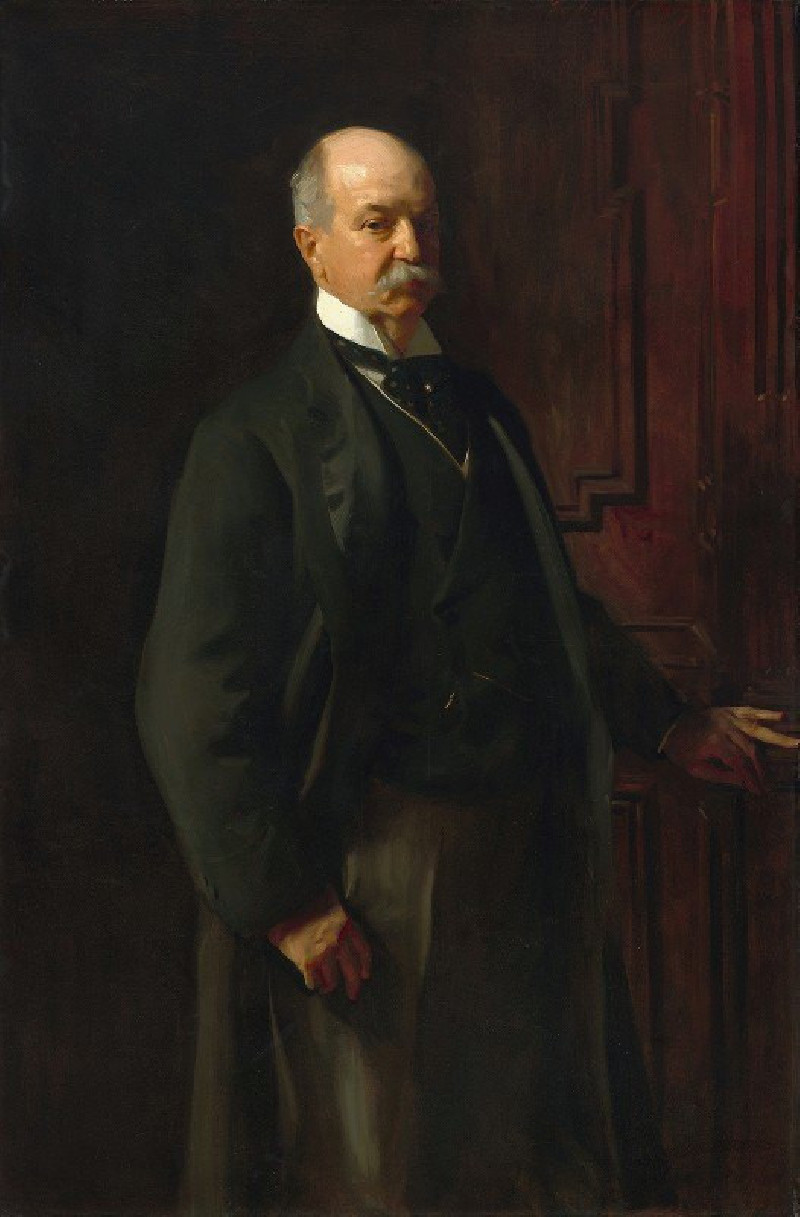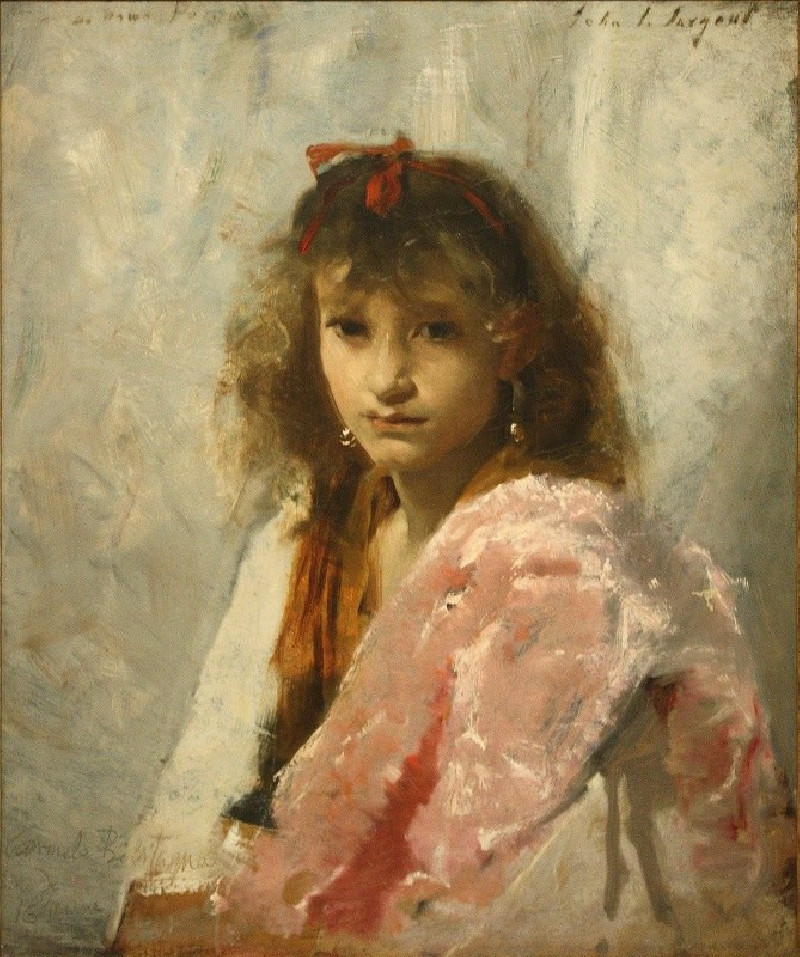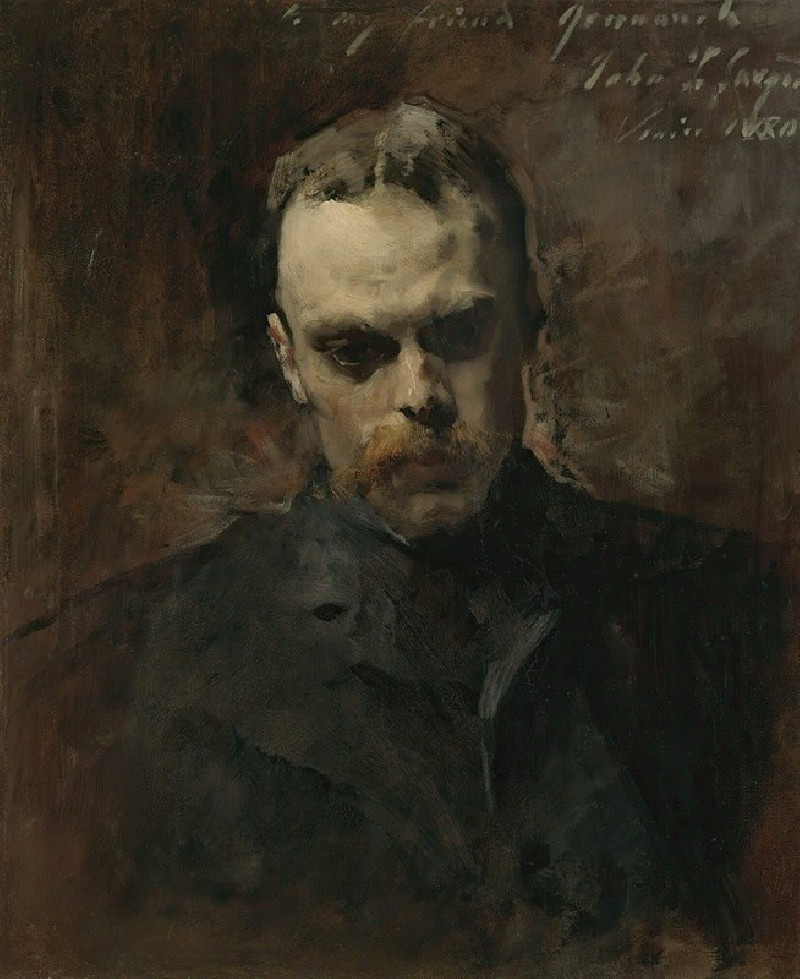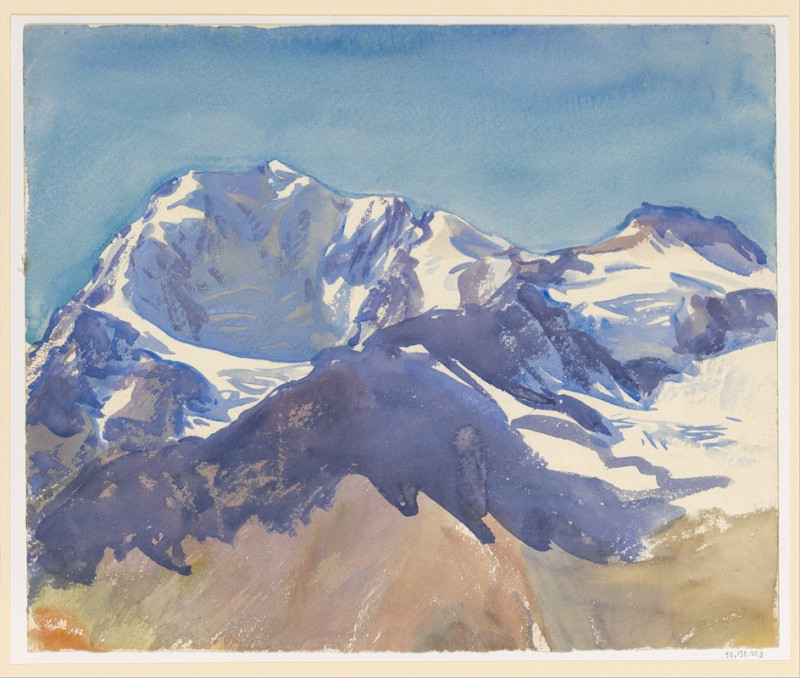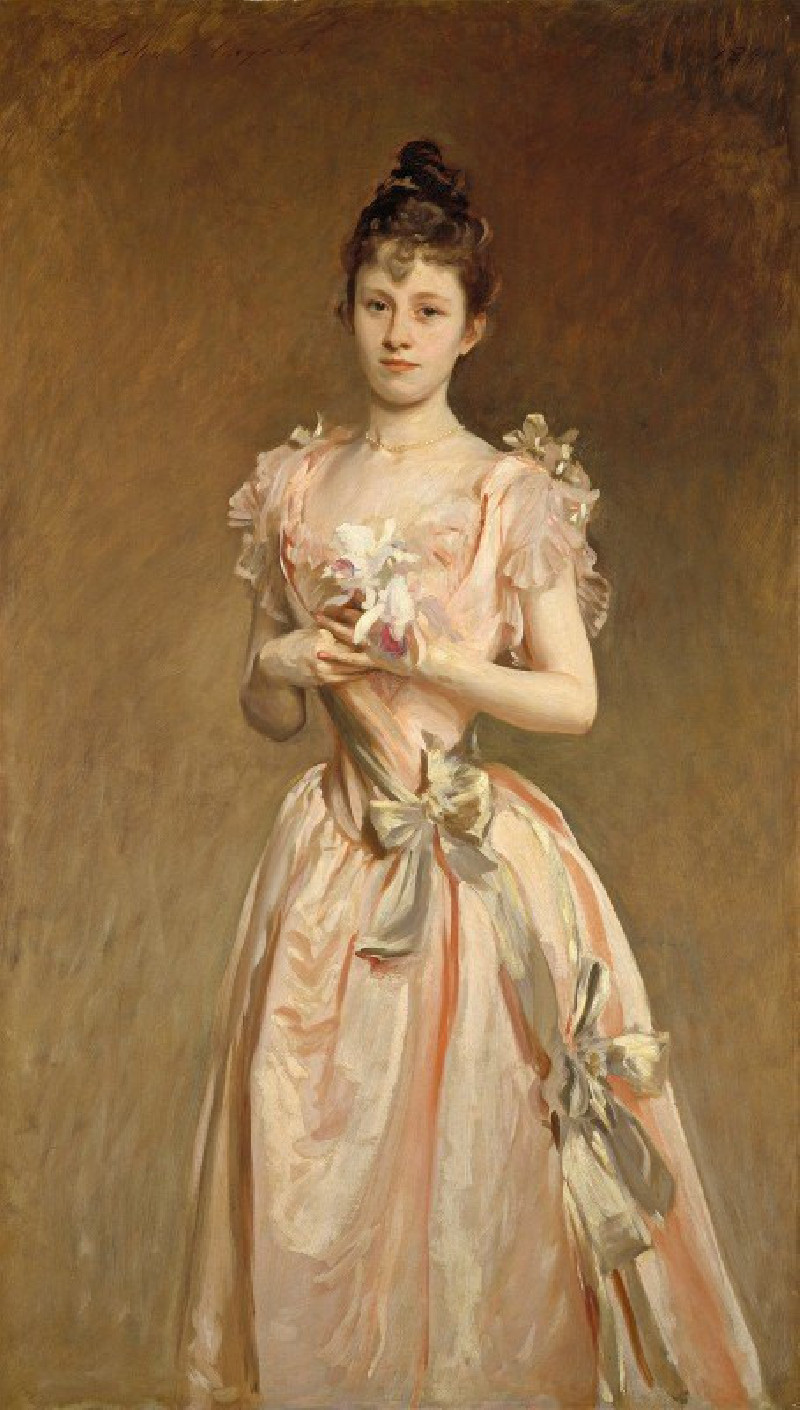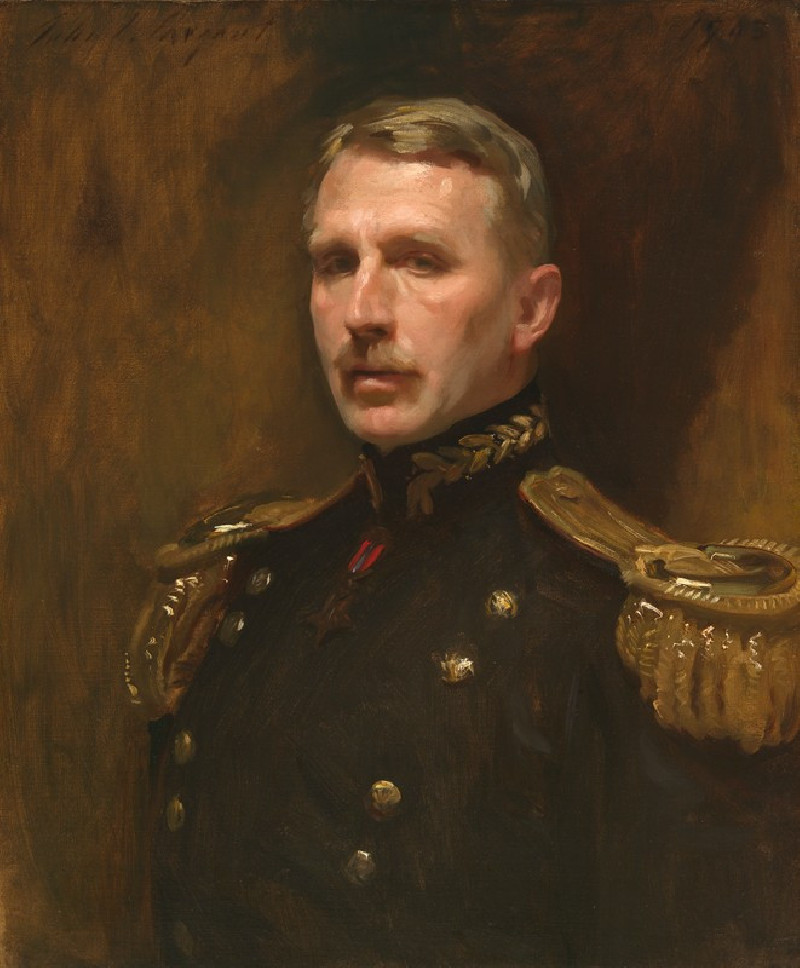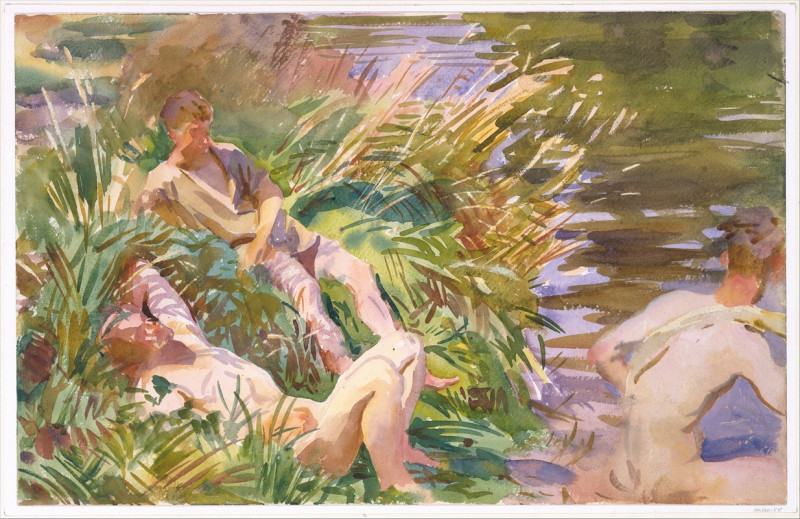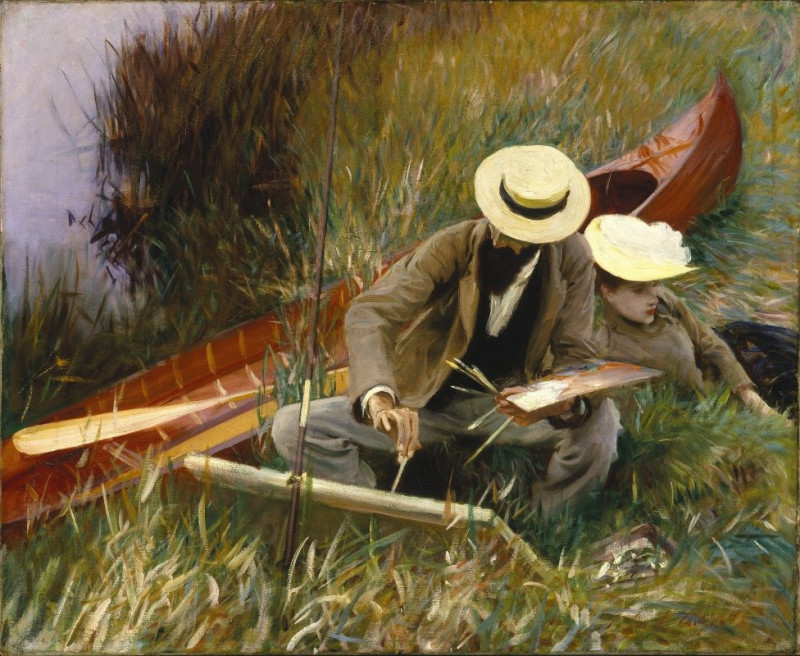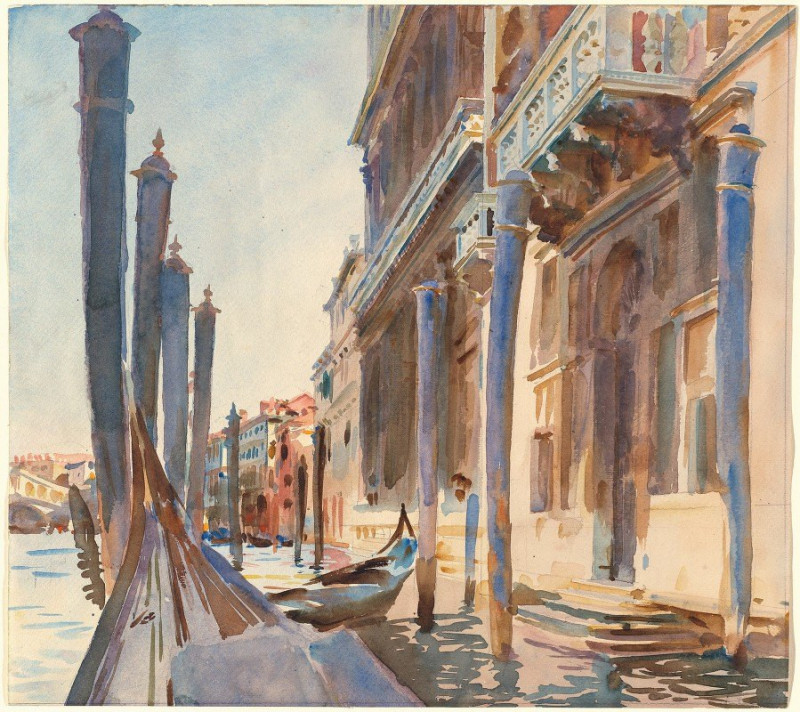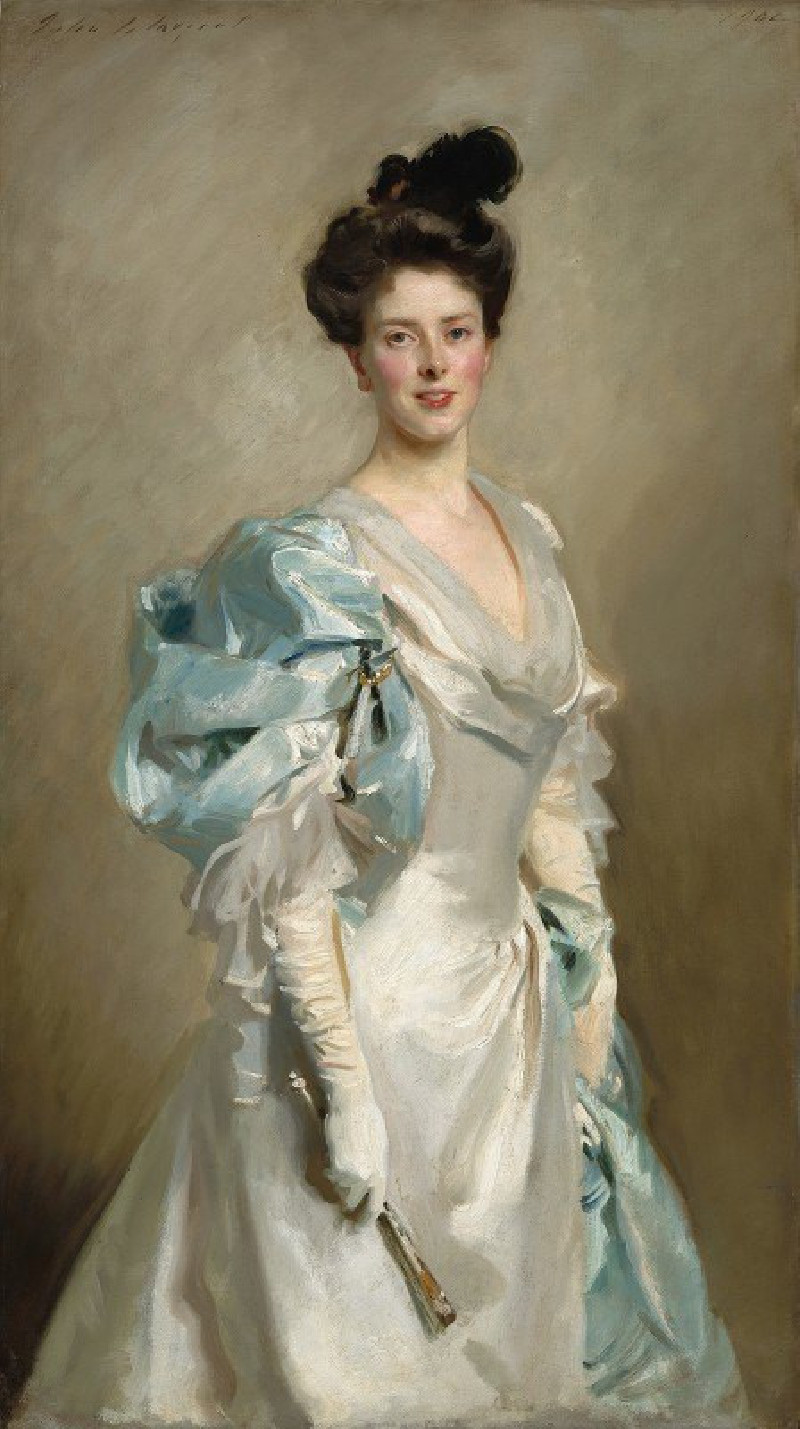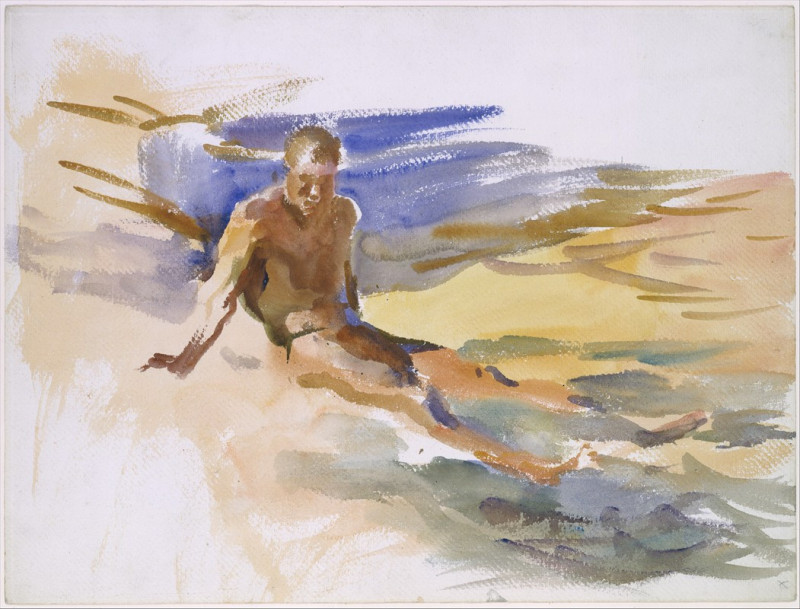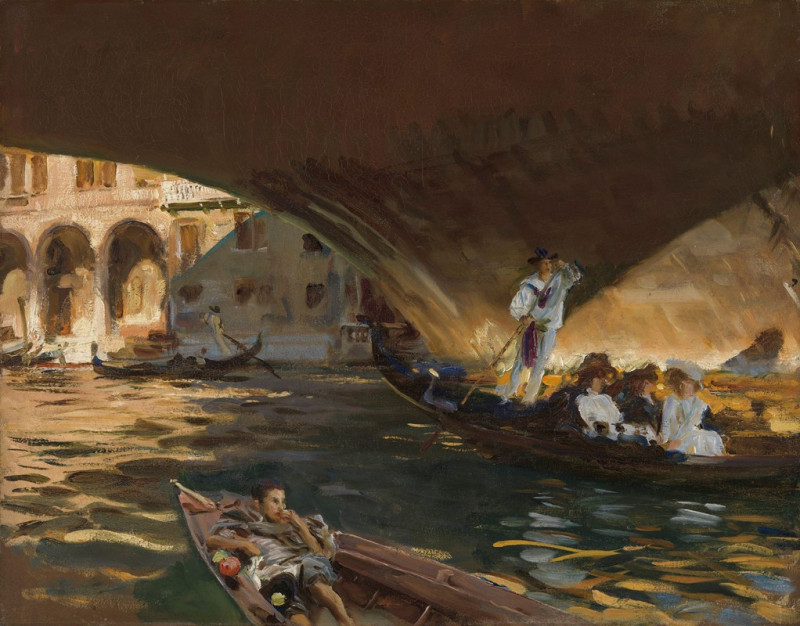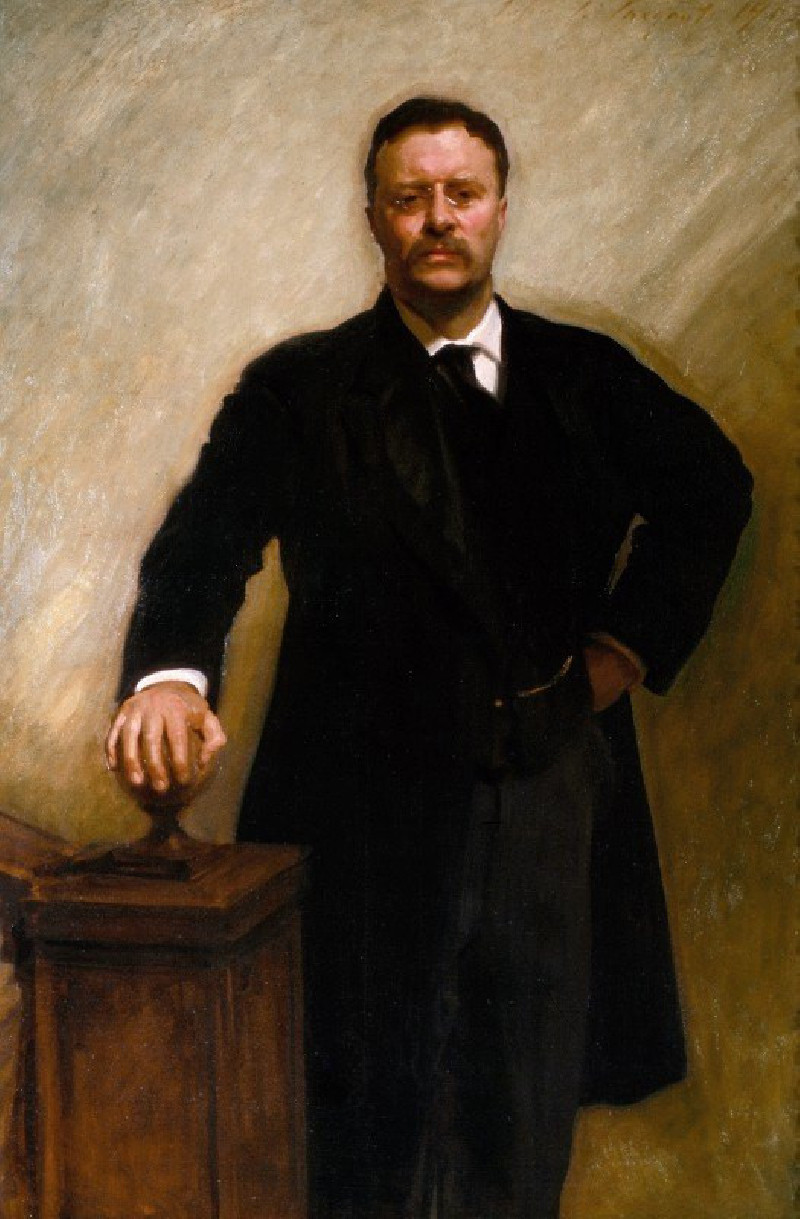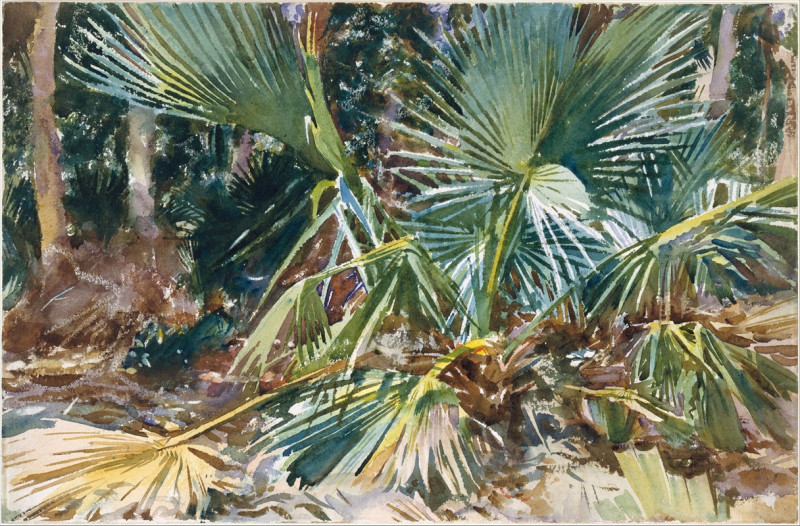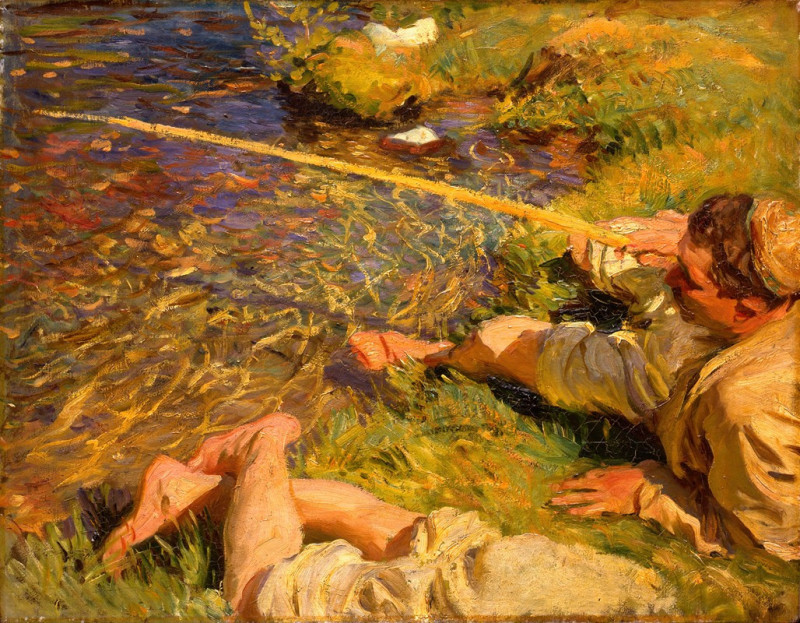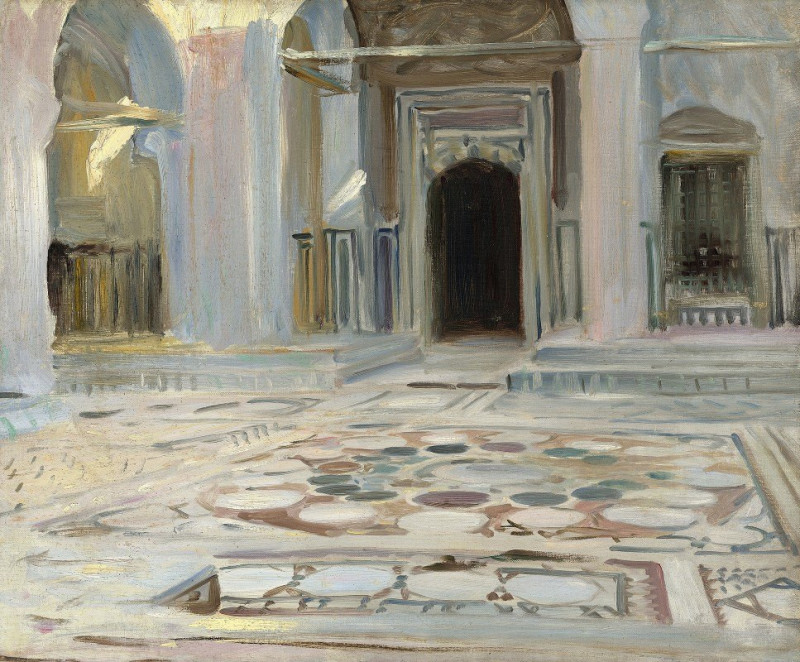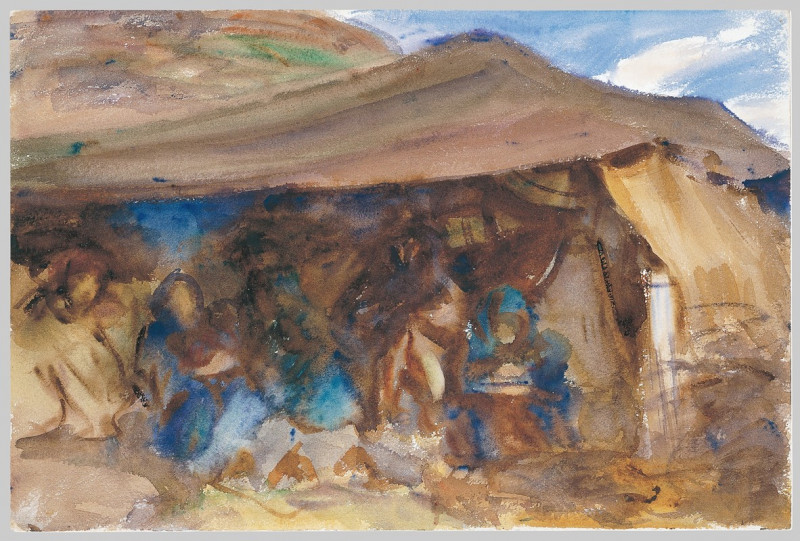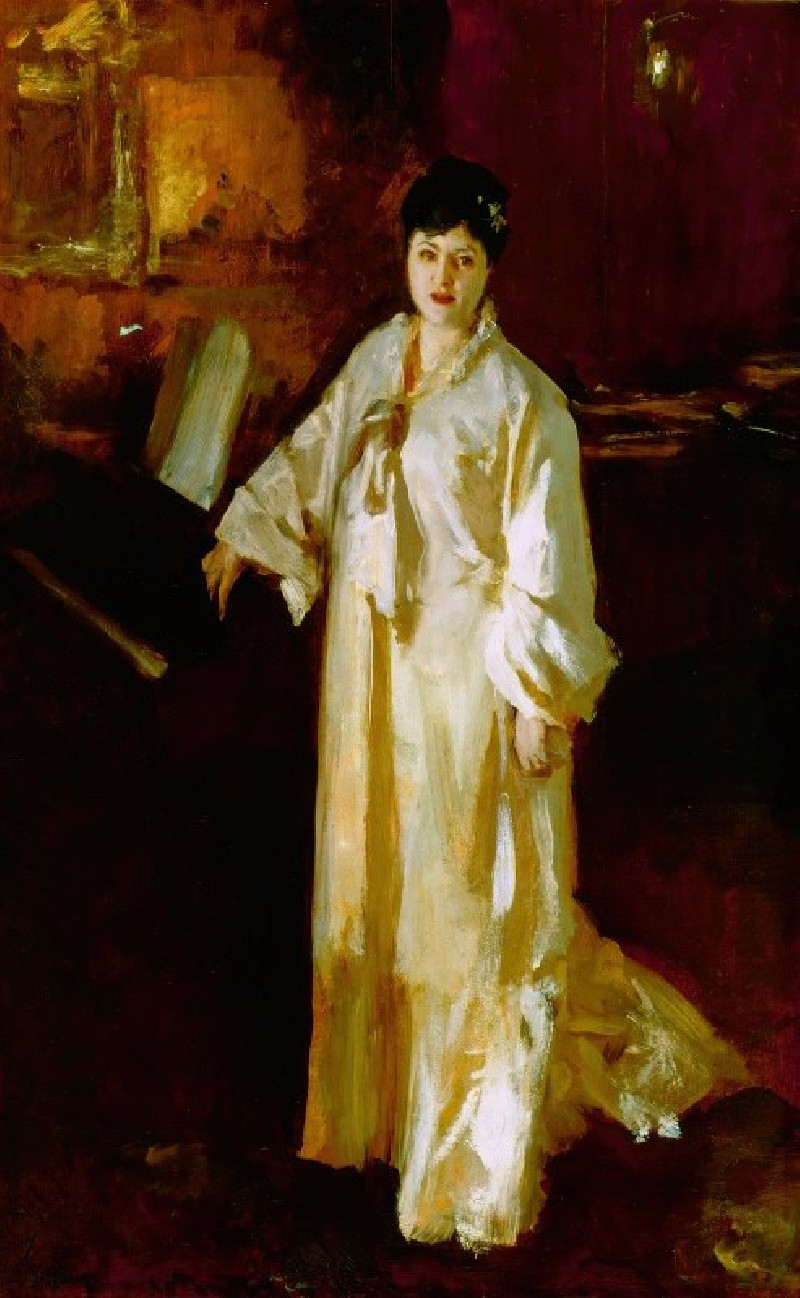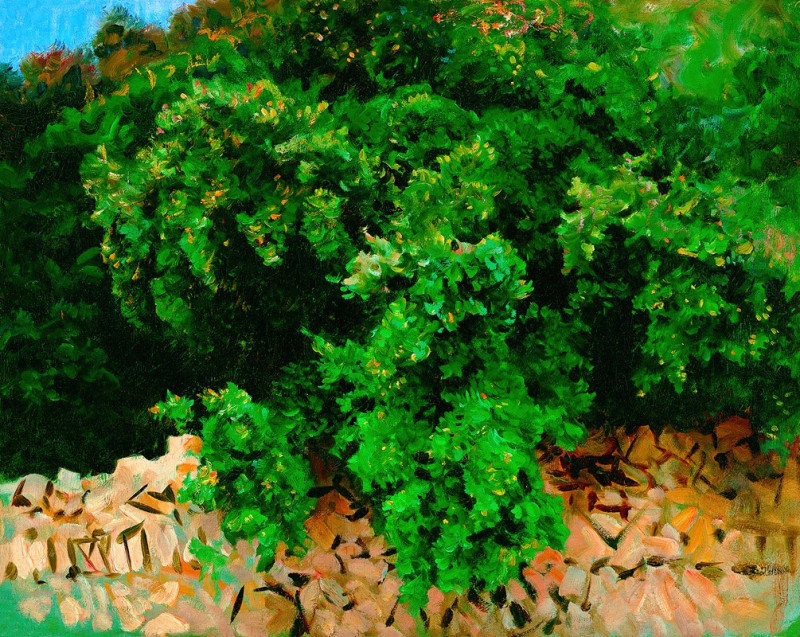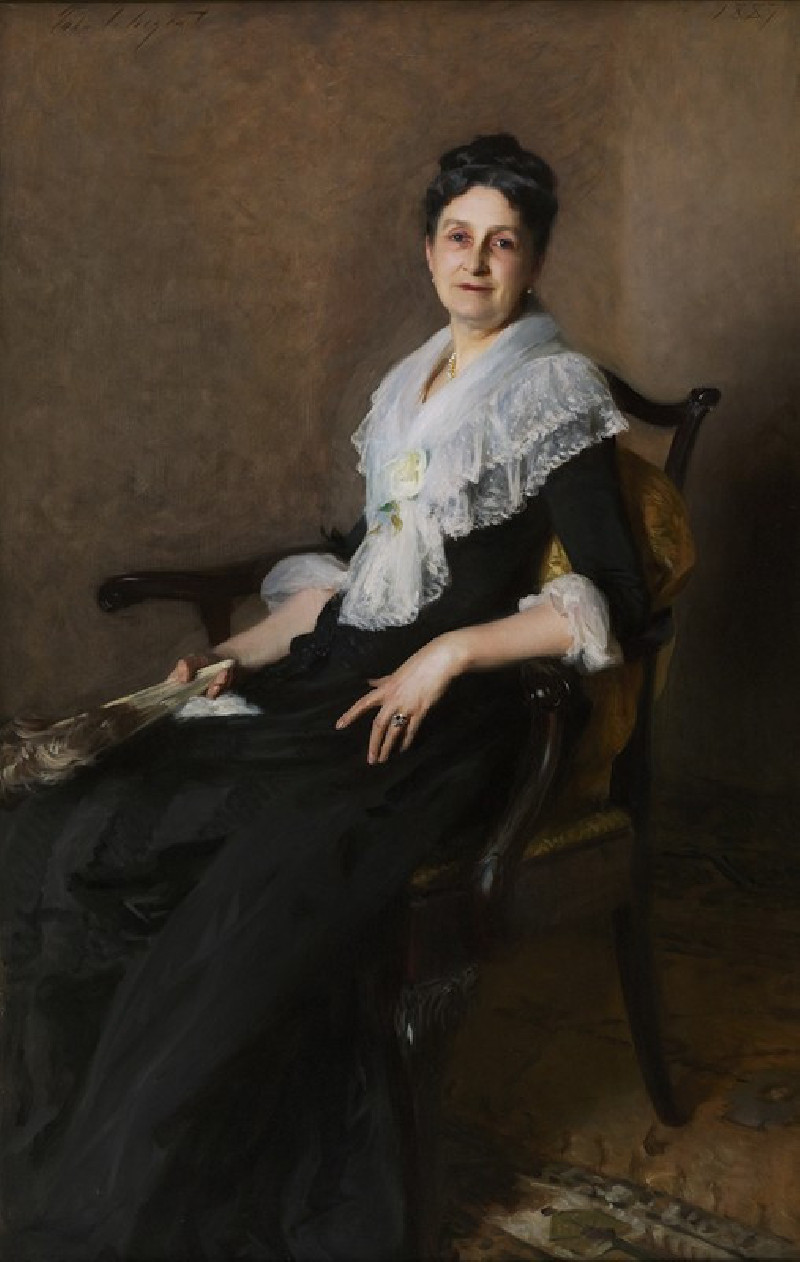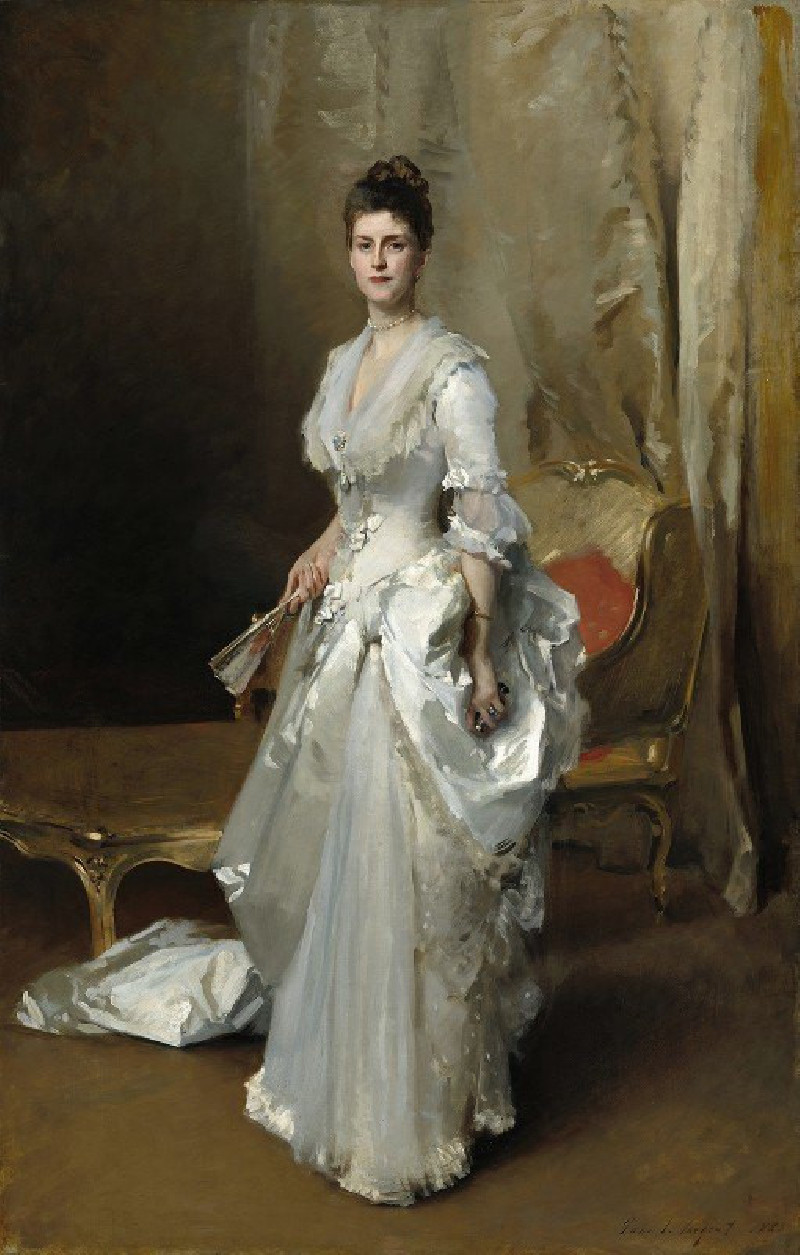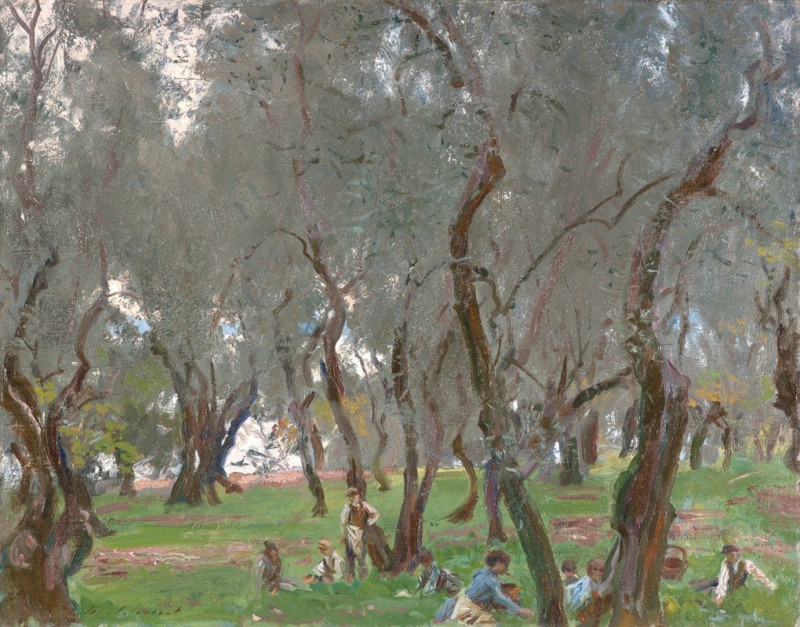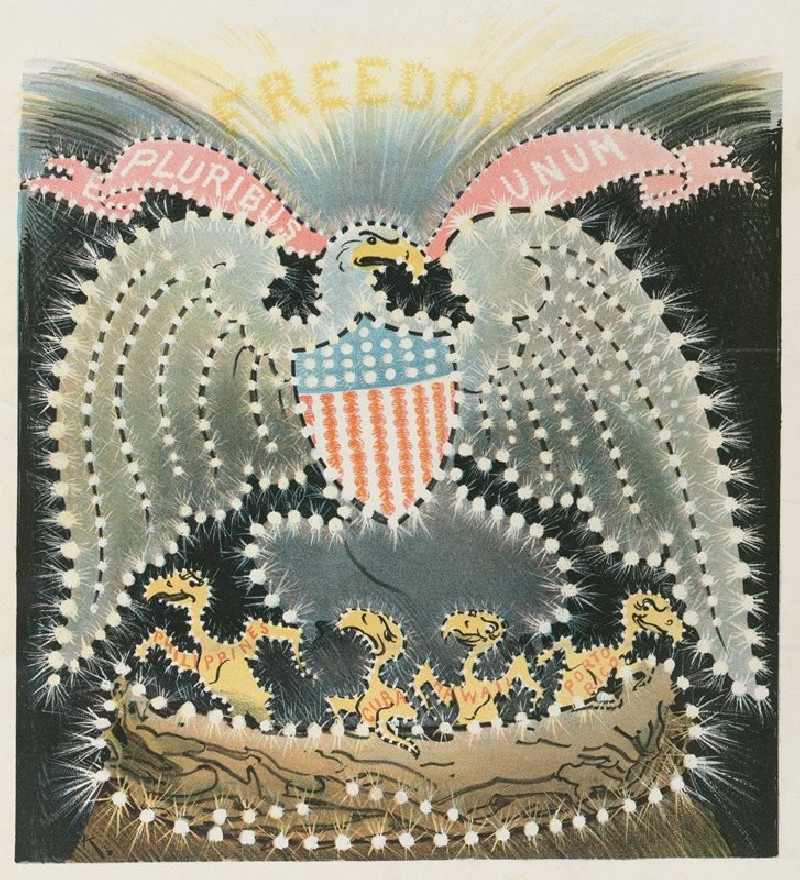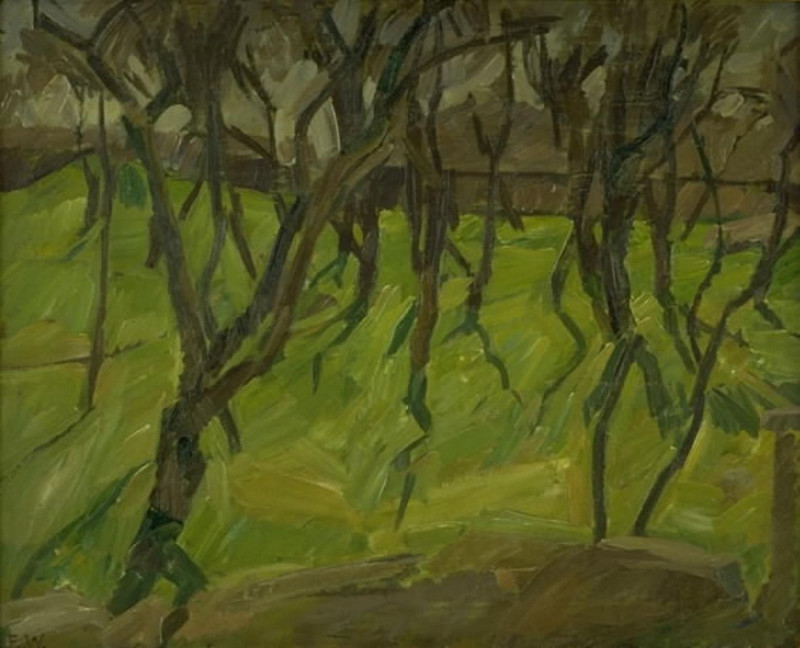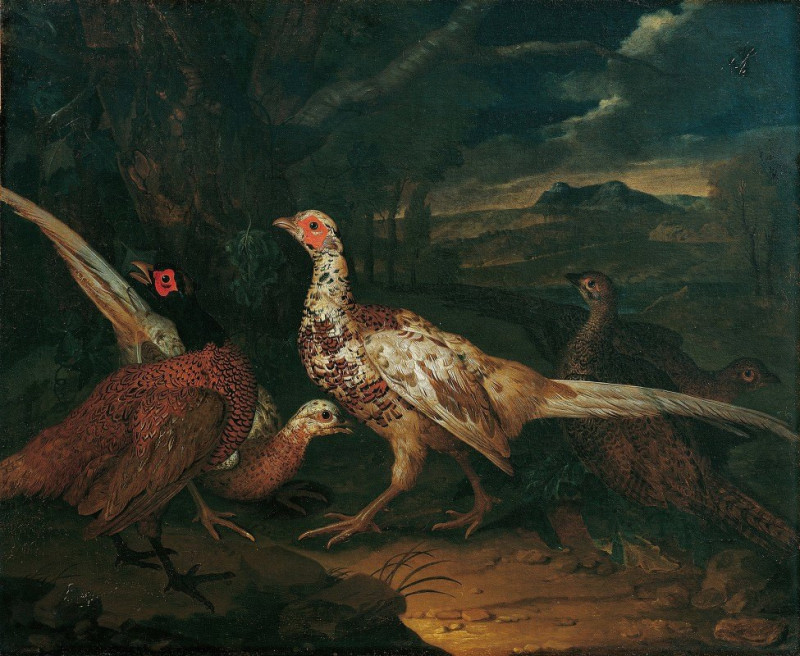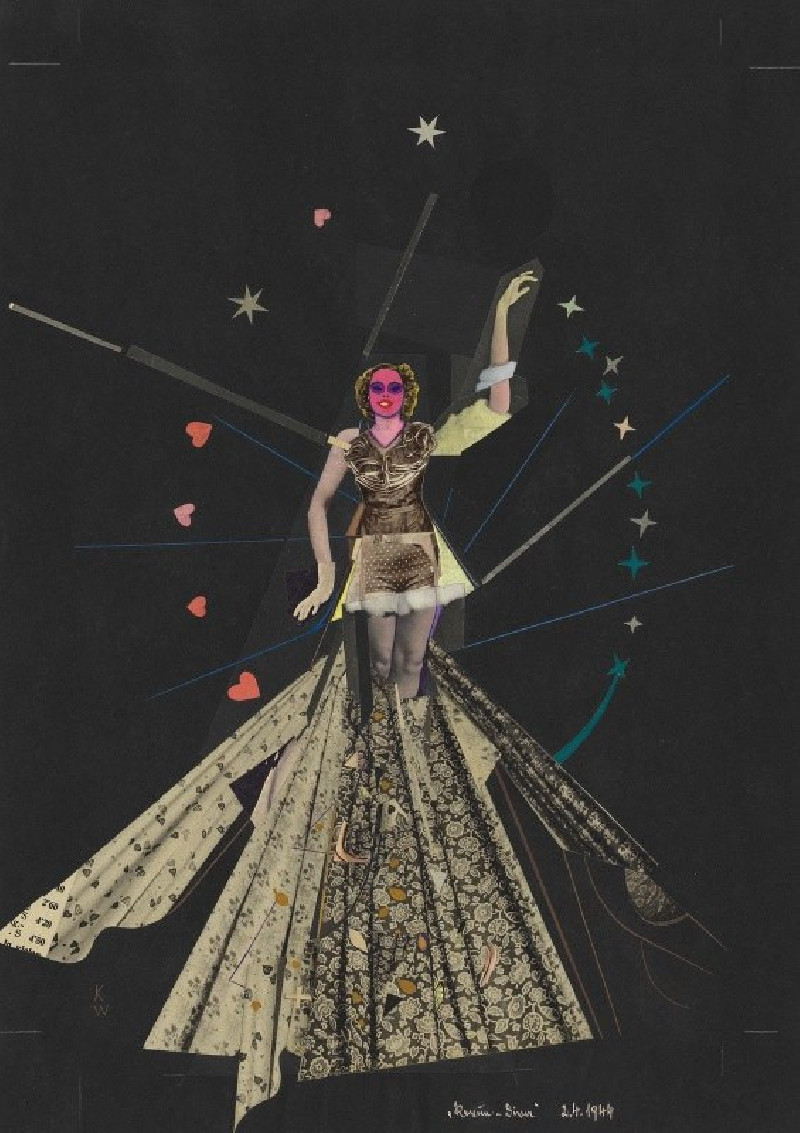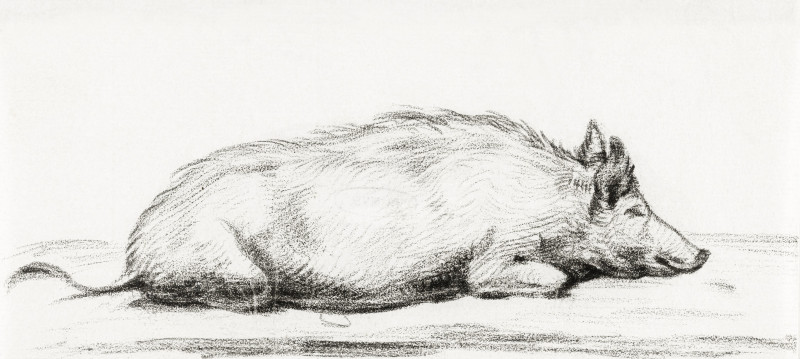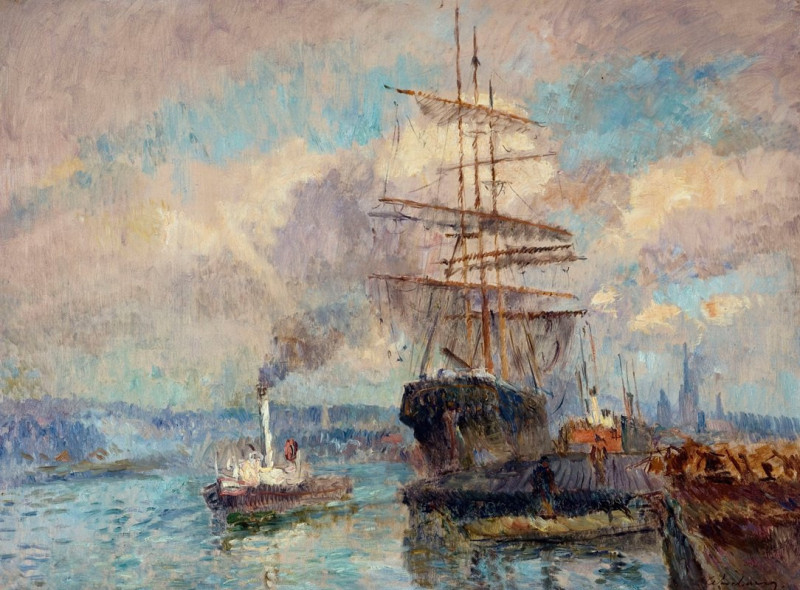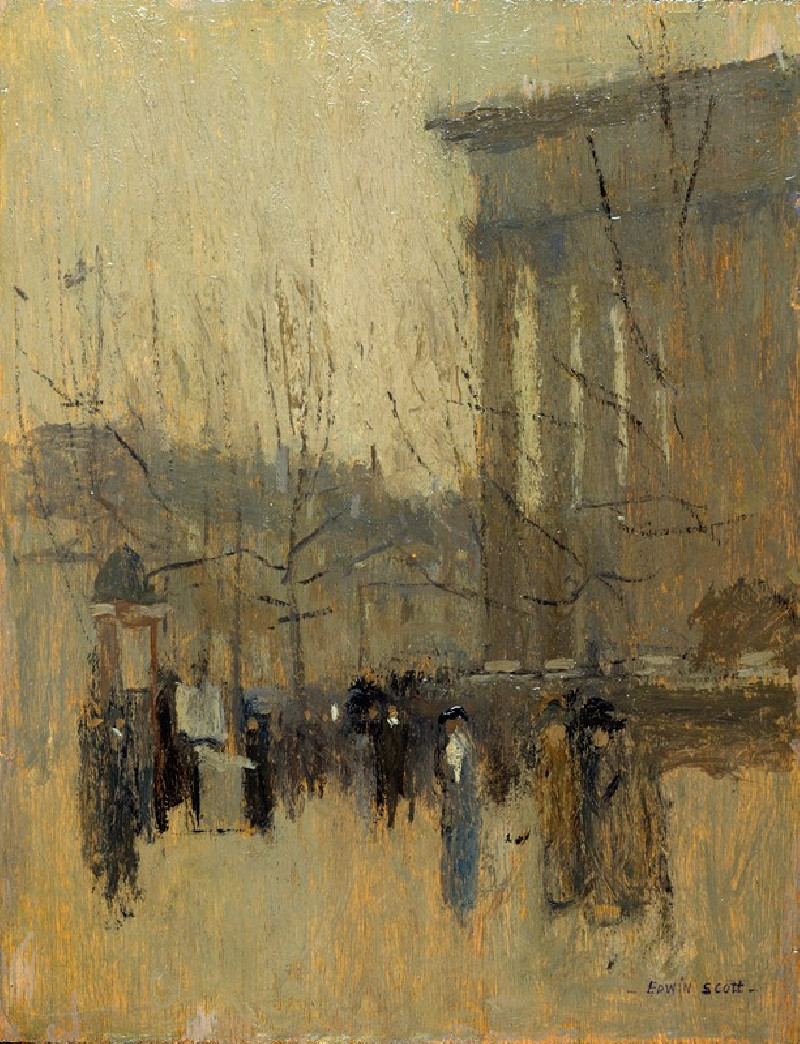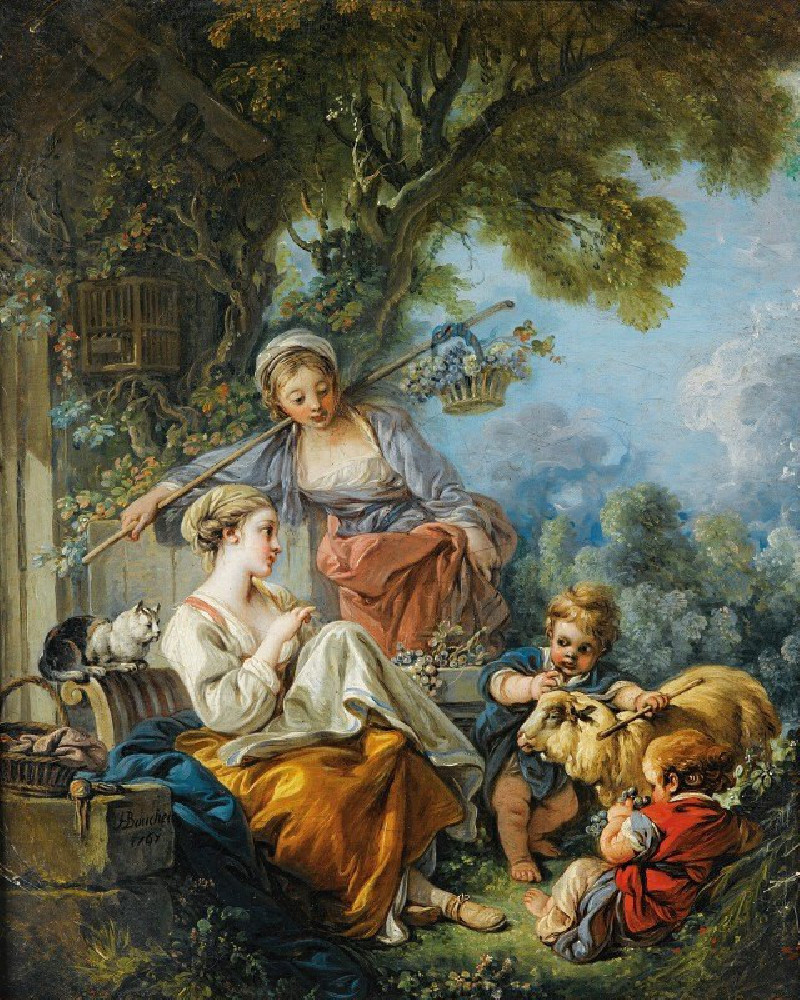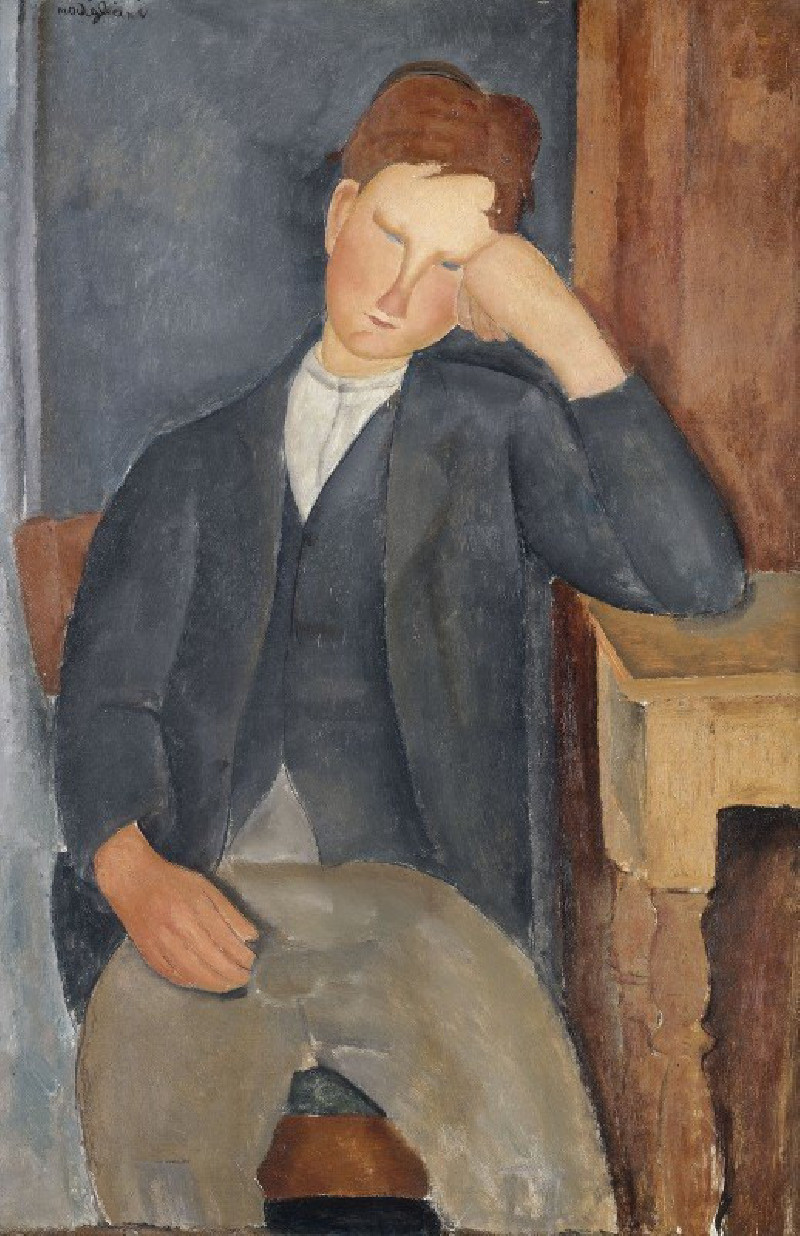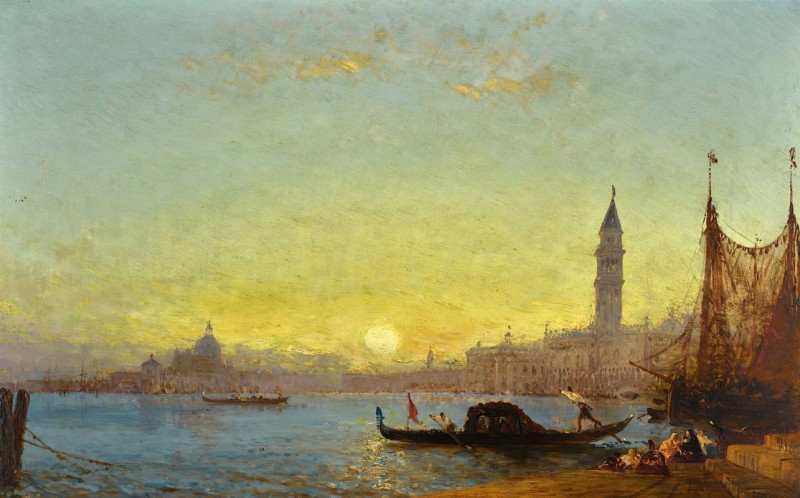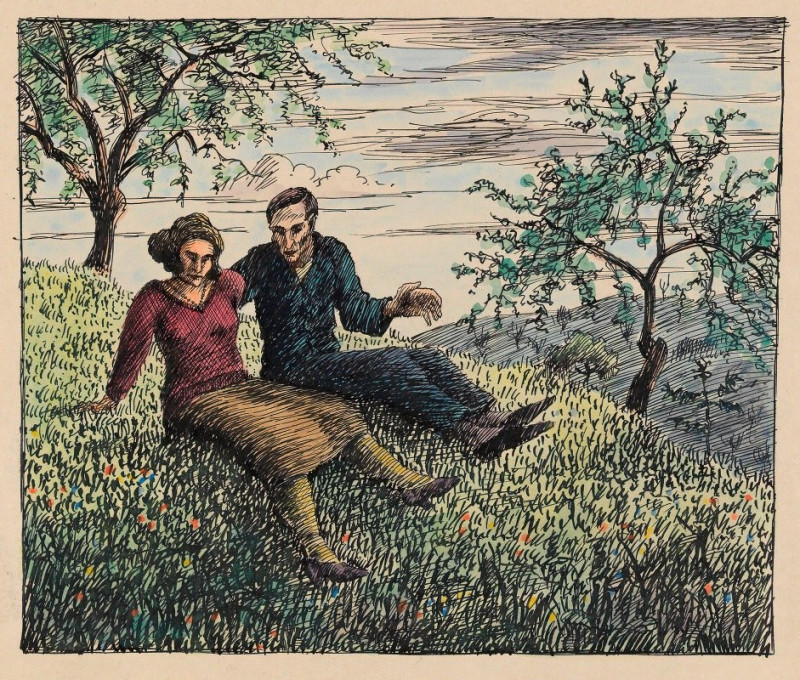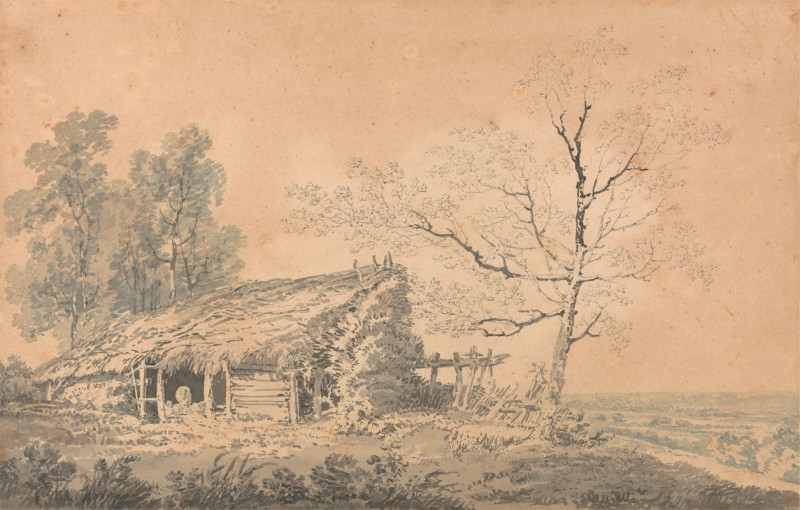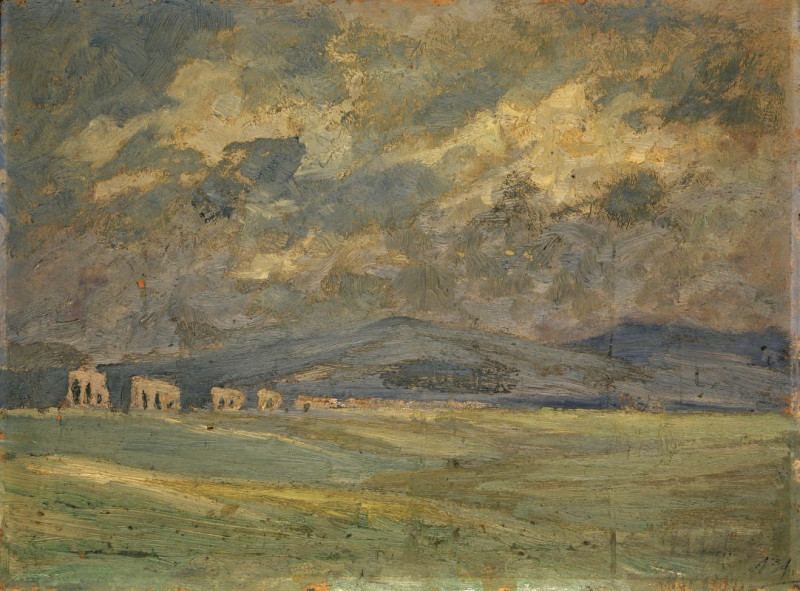Chalet (1912)
Technique: Giclée quality print
Recommended by our customers
More about this artwork
"Chalet" (1912) by John Singer Sargent is a captivating watercolor that captures the rustic essence and architectural charm of a traditional chalet. In this painting, Sargent's masterful use of vibrant and bold brushstrokes brings to life the wooden structure of the chalet, highlighted by the complex interplay of light and shadow. The roof, slanted and detailed, dominates the composition, showing different textures and colors that suggest aging wood and weathered tiles.The backdrop of a clear sky contrasts with the warm hues of the browns, oranges, and hints of green, adding depth and a vivid atmosphere to the scene. Sargent’s technique allows the viewer to feel the immediacy and fleeting moments of natural light, giving an impression of a breezy, sunny day.The chalet itself seems to embrace its natural surroundings, standing as a testimony to traditional craftsmanship mingled with the serene beauty of its environment.
Delivery
Returns
Born in Florence to American expatriate parents, John Singer Sargent (1856–1925) is considered Europe's leading portrait painter of the Edwardian era. He was educated at both Accademia delle Belle Arti and Paris's École des Beaux Arts. While in Paris, under the guidance of Émile–Auguste Carolus–Duran, a portraitist and muralist, Sargent learned to paint directly from observation without first sketching, employing a fluidity, influenced by the Impressionists. Sargent created more than 2,900 paintings, mainly portraits and landscapes from his travels across the Atlantic, Europe, the Middle East and America.


